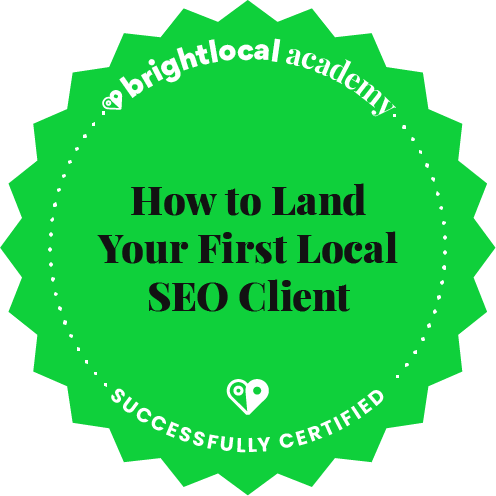Search Intent Mapping with AI: Smarter Keyword Clustering | Marketing Mishrag
🧠 What Is Search Intent Mapping?
Search Intent Mapping is the process of grouping keywords not just by volume or topic, but by the underlying intent of the searcher.
With AI, we can now:
-
Detect whether the user is researching, comparing, or buying
-
Cluster keywords by funnel stage (TOFU, MOFU, BOFU)
-
Build content that matches exact user expectations
No more guesswork. AI decodes why people search—not just what they search.
🔍 Types of Search Intent (AI Detects All 4)
| Intent Type | Example Keyword | Content Format Ideal |
|---|---|---|
| ✅ Informational | “What is headless CMS?” | Blog post, glossary, explainer |
| ✅ Navigational | “Login Zoho CRM” | Landing page, feature overview |
| ✅ Commercial | “Best CRM for freelancers” | Comparison blog, listicle |
| ✅ Transactional | “Buy CRM software monthly plan” | Pricing page, offer page |
🤖 How AI Helps in Intent Detection & Clustering
-
Keyword Input
-
Upload or extract hundreds of related keywords
-
-
AI Classification
-
NLP models like BERT classify keywords into intent buckets
-
-
Smart Clustering
-
Based on meaning, modifiers, synonyms, funnel-stage
-
-
Content Mapping
-
Each cluster is matched with content type (video, landing, blog)
-
📈 Case Study: Indian SaaS Tool Targeting SMBs
Challenge: Ranking for 300+ unorganized keywords
Solution:
-
Used AI to classify & cluster keywords by search intent
-
Created dedicated TOFU/MOFU/BOFU content clusters
-
Prioritized BOFU pages for faster ROI
📊 Results:
-
54 new page 1 rankings
-
Avg. CTR ↑ 38%
-
Qualified demo leads ↑ 29% in 45 days
🛠️ Tools for Search Intent Clustering
| Tool | Use Case |
|---|---|
| Surfer SEO | AI-powered keyword clustering by intent |
| Semrush Keyword Wizard | Intent-tagged suggestions |
| Frase.io | Cluster builder + content outline |
| Keyword Insights AI | Bulk clustering with intent detection |
| ChatGPT + Python | Custom clustering via OpenAI APIs |
💡 Tips by Marketing Mishrag
-
Start clustering from your highest-value service/product
-
Don’t over-focus on just high-volume terms—intent > volume
-
Use FAQ schema to cover micro-intents
-
Map each cluster to a clear CTA or funnel outcome
-
Update clusters every 3–6 months as search behavior evolves
⚠️ Mistakes to Avoid
✔️ Don’t use keyword lists without grouping—they dilute content focus
✔️ Avoid publishing overlapping articles for same intent
✔️ Don’t ignore long-tail—often carries the clearest intent
✔️ Avoid clustering by topic only—always check user intent context
🧠 Final Thought by Marketing Mishrag
In 2025, SEO success depends less on how many keywords you rank for, and more on how well your content matches user intent.
Search engines now reward meaning, not just matches.
At Marketing Mishrag, we help:
-
Build AI-powered keyword clusters
-
Map intent-to-content pipelines
-
Generate content that speaks directly to what your audience wants
Want better rankings? Understand why your audience is searching—then give them the answer.





0 Comments